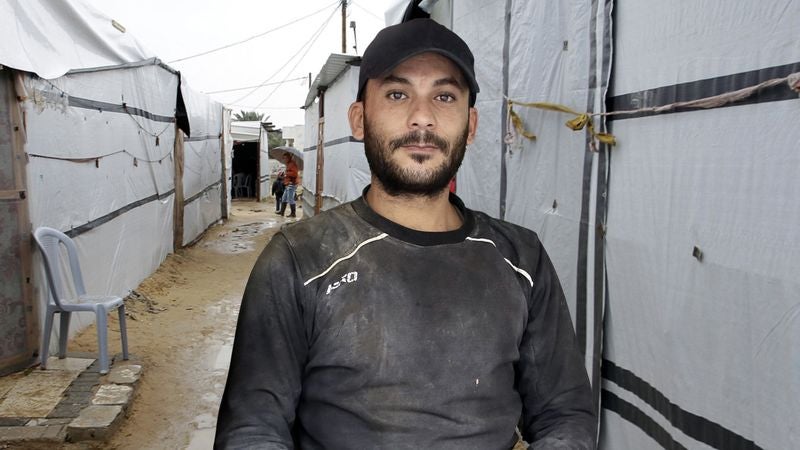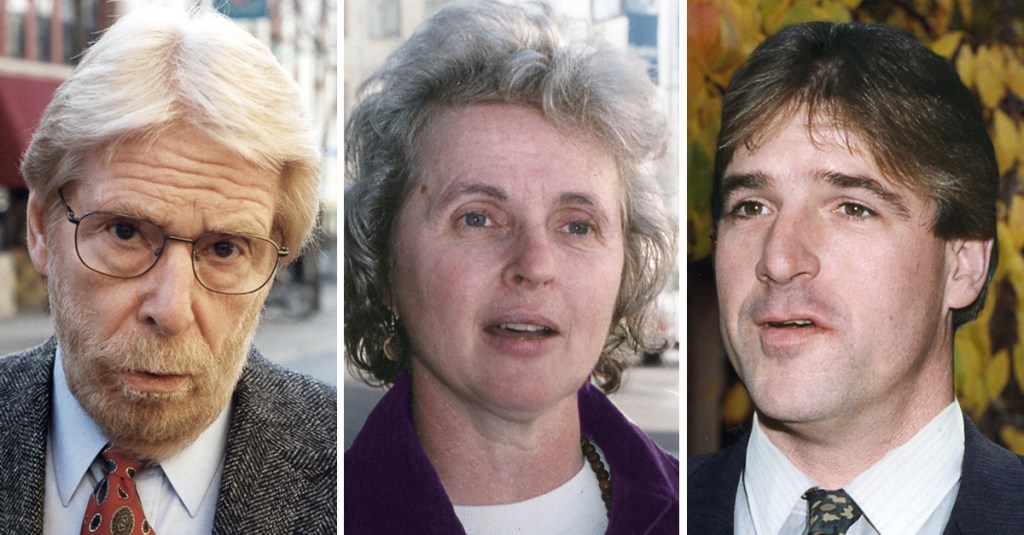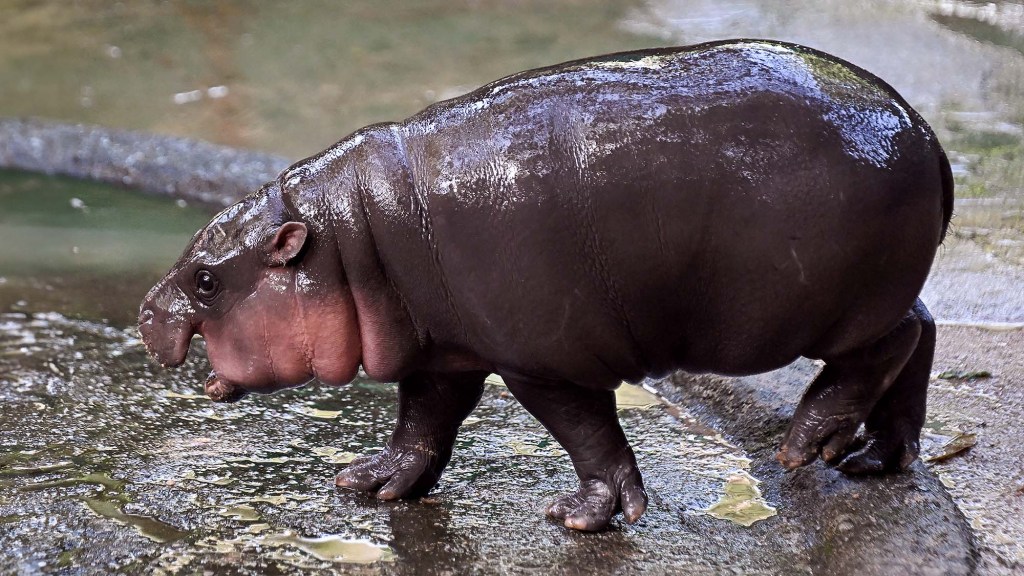AL-SHATI, GAZA STRIP—Saying he hardly recognized some of the makeshift buildings and piles of rubble he played in as a child, Gaza native Ramzy Abu-Dhubah told reporters Tuesday he was struck by how much the refugee camp he grew up in has changed over the years.
As he walked through his “old stomping grounds” in Al-Shati, a 0.3-square-mile camp currently home to 87,000 displaced Palestinians, the 36-year-old remarked how the whole area seemed more bustling and crowded to him now than it did when he was a boy.
“So many of the spots where I used to hang out are gone, and they’ve all been replaced by new homes—I guess this place has really been growing,” Abu-Dhubah said as he pointed out a demolished concrete structure filled with improvised mud-brick shelters that had not been there when he left Gaza in 1999. “This used to be an empty lot where I’d play soccer, but there’s got to be a few dozen families that have moved in here now. They put in one of those big ration-distribution centers, too. My buddy Ibrahim was telling me that’s where pretty much everyone goes to eat these days.”
“It’s so surreal to think about these young kids today still being crammed into the same little rooms, doing all the things my classmates and I did way back when.”
“Oh, man, it looks like they even knocked down the old U.N. health clinic I used to go to as a kid,” he continued. “That’s really too bad.”
Reminiscing about the camp where he spent the first 21 years of his life, Abu-Dhubah observed that, while many of the cramped, narrow alleyways and contaminated water wells were just as he remembered them, there were a lot more Red Cross and Red Crescent triage stations than he recalled. At one point, he acknowledged getting lost amid the wreckage-strewn streets, saying he couldn’t get over how many people had put up new tents in the past few years.
“My old school is still here, but I almost didn’t recognize it with the north wall completely caved in like that,” Abu-Dhubah said. “It’s so surreal to think about these young kids today still being crammed into the same little rooms, doing all the things my classmates and I did way back when: sitting in the dark through power outages, playing in the open sewer at recess, dodging artillery shells and mortar blasts, burning trash.”
He added, “I guess some things never do change, you know?”
Abu-Dhubah paused a moment before he continued, admitting that the flood of memories from his youth had made him a bit emotional. Later, he showed reporters the 144-square-foot concrete room where he grew up, noting that his once quiet and unassuming side street was now cluttered with new residents and shrapnel.
“I’ve seen a lot of familiar faces since I’ve been back—it’s amazing how many of the same families are still around after all these years,” Abu-Dhubah said. “My friends always used to talk about how they’d get out of here, but most of them never did. Sure, Bashir’s in an Israeli prison these days, and I heard Ahmad and his kids have been gone since that IDF attack in 2014, but pretty much all the rest are still in the camp, and they’ve got families of their own now.”
“My grandma has been here, what, 67 years now?” he continued. “She’s not going anywhere.”Abu-Dhubah says the main street of his childhood refugee camp “looks completely different now” with all its new missile craters.







